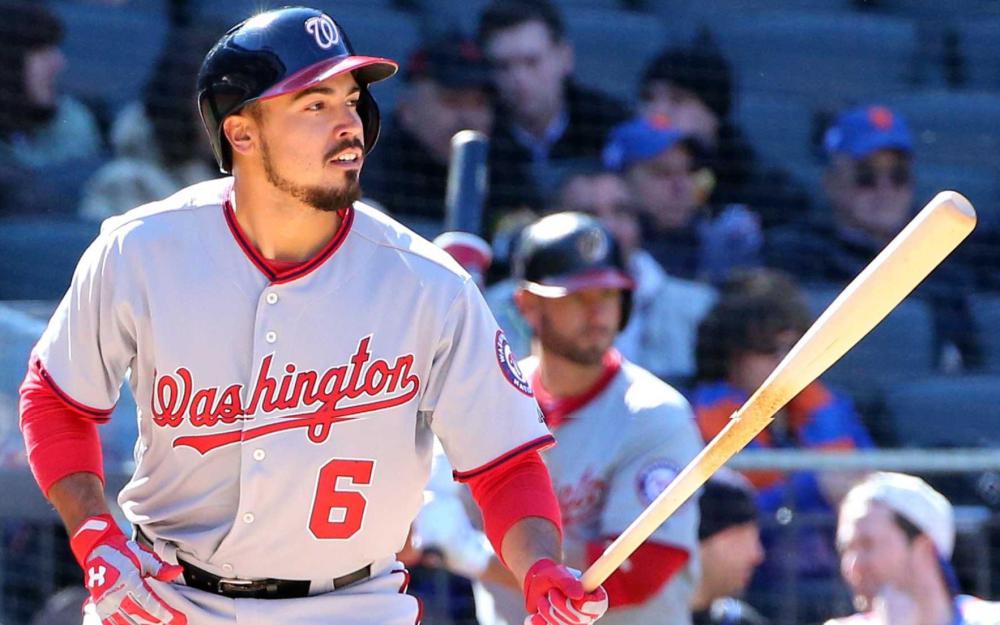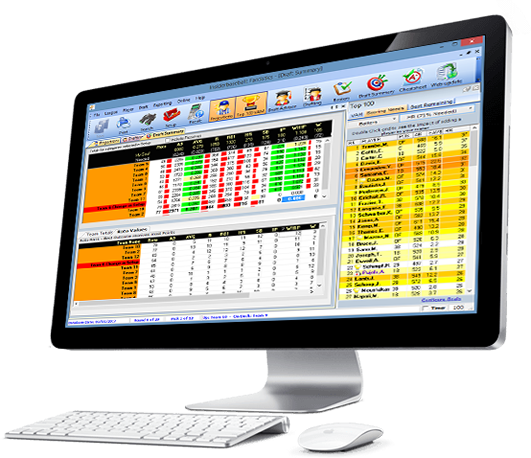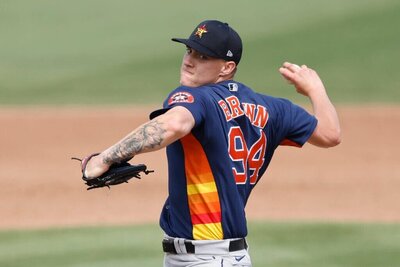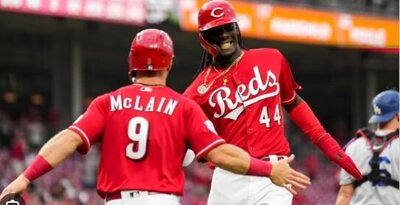Contact percentage, like many of the plate discipline statistics, is like the Shohei Ohtani of sabermetrics - it plays both sides! While contact percentage is a useful statistic for measuring a pitcher's effectiveness, it's also an excellent way to measure a hitter's overall grasp of the strike zone. The calculation of contact rate is relatively straight-forward:
Contact Rate = Total Pitches Where Contact Was Made / Total Swings
Contact rate goes hand-in-hand with several standard 5x5 rotisserie categories, from batting average to strikeouts to the ratio columns, which is why it can be such a powerful indicator. My recent deep dives into specific sabermetrics have been focused heavily on the pitching side, so while contact % can be looked at from both, this article will focus primarily on offense.
League-wide contact percentage averaged 76.2% in 2019, the 8th year in which contact rate has declined since 2011 when the league average was 80.7%. From a batter's perspective, we generally see higher contact percentages from the players who have a better handle of strikezone, better plate approaches and consequently, higher batting averages. Generally, as a player makes a change to their plate approach (whether intentional or unintentional), it almost always becomes evident in his contact rate first.
When pairing contact rate with batting EYE (walks/strikeouts) and hard hit percentage, we're able to see tangible results from a change in plate approach more clearly than while looking at contact rate alone. The optimal outcome is obviously to improve in each category, thereby not only increasing overall contact, but also striking out less and/or walking more, while simultaneously hitting the ball harder on a more regular basis on the additional balls put into play. Unfortunately, that scenario is exceptionally rare and requires not only immense talent, but also quite a bit of good fortune. Alas, Yasiel Puig managed to do that just in the second half of 2019.
Some other things to consider while looking at the leaderboard are how typical changes in approach impact the metrics shown. For example, if a player is making a concerted effort to be more selective and make more contact, it's reasonable to expect a trade-off in the power department, or in this case, hard hit percentage. To better understand this, watch an at-bat from Anthony Rizzo when he falls behind in a count 0-2. He will immediately choke up on the bat, shorten his swing and change his approach from trying to hit for the gap or the fence and focus more on simply making contact with the ball. The inverse is true, and it's a big reason why we see the league-wide average contact rate fall at the same time we see total league-wide homeruns rise.
Check out interesting 1st half versus 2nd half trends in the leaderboard below. Please also tune in to the Fantistics show on @SiriusXMFantasy on Sunday from 11am-1pm ET to hear myself and Lou Blasi dive into the details more deeply.





































